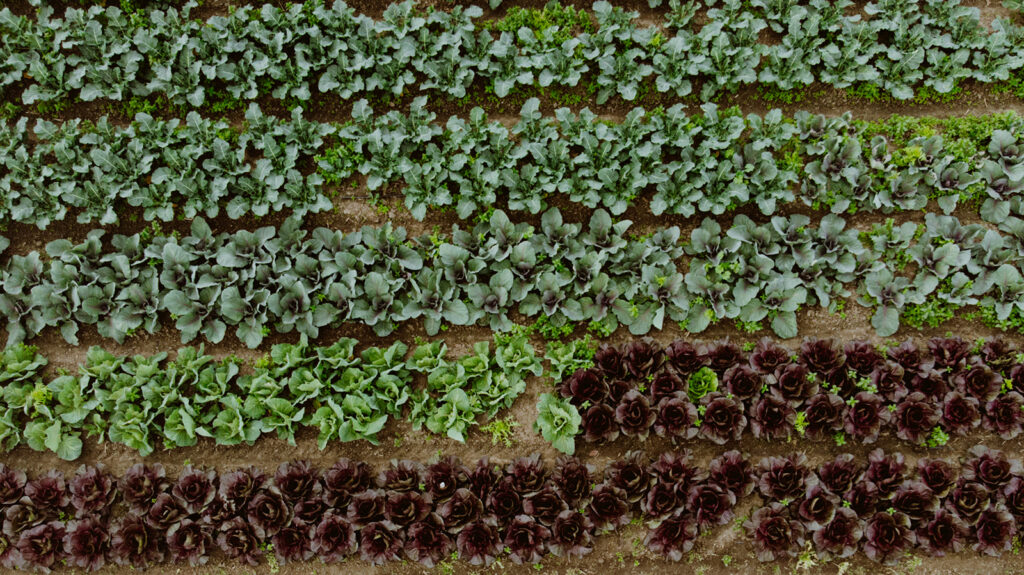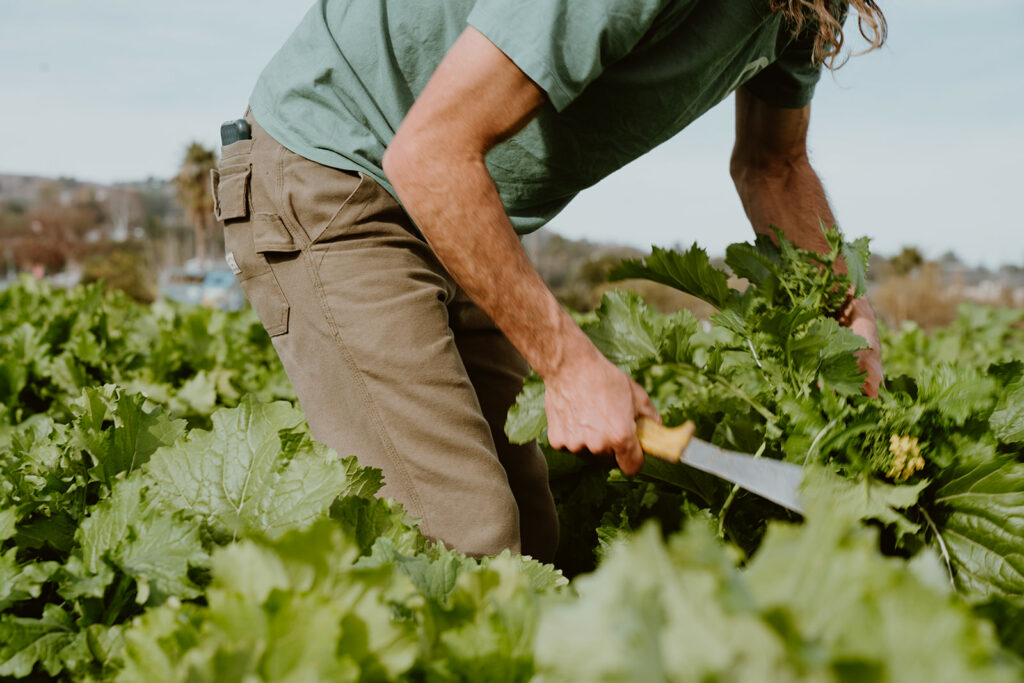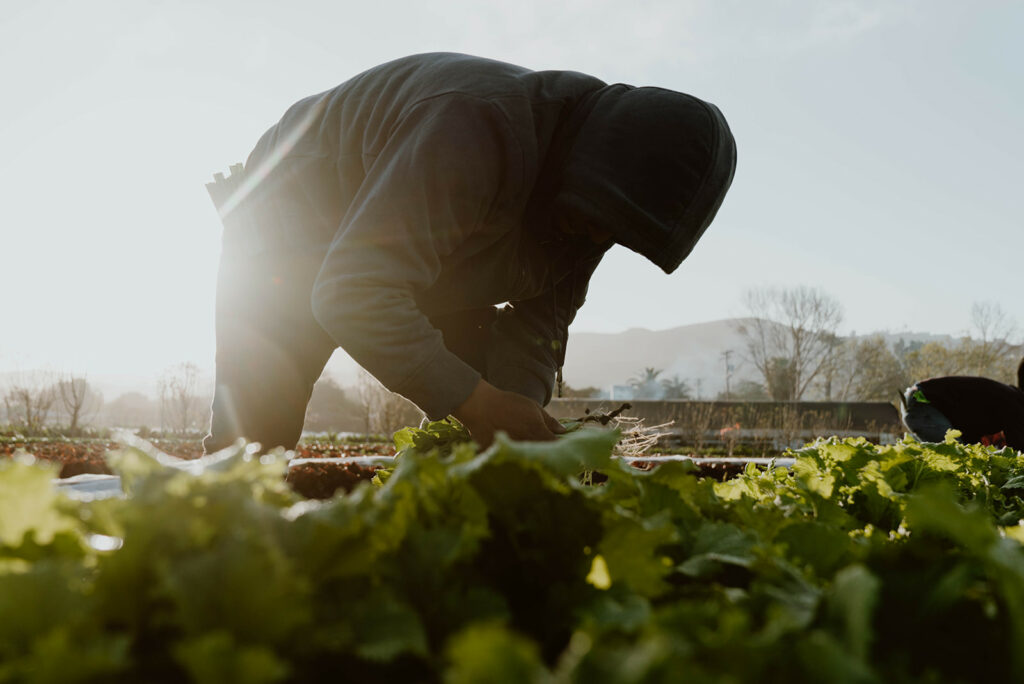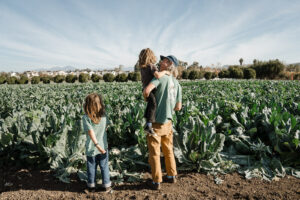It’s only natural—in addition to being a real mouthful, agroecology is a word packed with concepts and values that are critical to the health of people and planet.
Agroecology: A Big Word for a Big Solution
You may have noticed that the word “organic” has lost some of its power over the years, thanks to the loosening strictures around organic certification.

“Agroecology” stands in strong contrast to this. It’s a word that holding up the values, traditions and practices that guide us to a future of sustainable abundance for all. For this reason, we at The Ecology Center have always identified our work–from our farm model to our education programs to our outreach and gatherings—with this rich and impactful word.
Let’s start with the dictionary definition of agroecology: “the application of ecological principles to agricultural systems and practices.” It’s a decent start, but a closer examination of the agroecology movement goes even farther. Follow the movement back to its roots in the 1920s, and you’ll find those ecological principles intertwined with social concepts that uplift local and small-scale food producers and preserve bioregional ecosystems from the ground up.
The core idea behind agroecology is to protect, promote, and steward nature’s resources in order to sustainably increase agricultural yields for our growing global population. Agroecological practices aim to optimize the relationship between plants, animals, people, and the environment as a whole, while also addressing the social and cultural issues necessary to building an equitable food system.

The Roots of Agroecology
Agroecology is not a new concept. It has been in common practice on small-scale and family farms for centuries. It rose to prominence during the grassroots social movements in the 1960s. Today, given the environmental impact of resource-intensive agricultural systems (massive deforestation, water scarcities, biodiversity loss, soil depletion, high levels of greenhouse gas emissions) and the lingering social ills of poverty and hunger that these practices have not succeeded in eradicating, agroecology is gaining ground within public policies of various countries around the world. Agroecology has even found its way to the United Nations, where a special commission has identified five core principles that set agroecology apart from other farming methods:
1) Improving efficiency in the use of resources
Rather than tweaking the practices of unsustainable agricultural systems, agroecology seeks to transform food and agricultural systems, addressing the root causes of problems in an integrated way and providing holistic and long-term solutions
2) Conserving, protecting and enhancing natural ecosystems
Agroecological innovations are based on the co-creation of knowledge, combining science with the traditional, practical and local knowledge of producers.
3) Protecting and improving rural livelihoods, equity and social well-being
By enhancing their autonomy and adaptive capacity, agroecology empowers producers and communities as key agents of change.
4) Enhancing the resilience of people, communities and ecosystems
Based on bottom-up and territorial processes, agroecology helps to deliver contextualized solutions to local problems.
5) Promoting good governance of both natural and human systems
Agroecology includes an explicit focus on social and economic dimensions of food systems

Agroecology at The Ecology Center
The goal of our farm model is to showcase agroecology in action. We believe that true abundance comes from implementing a regenerative “give more than we take” ethos into everything we do. Instead of looking at farming as a transaction between ourselves and the earth, we look at it as a relationship—how can we nourish the earth in return for all that it gives us?
All of our farming practices begin and end with protecting the health of our bioregion’s most precious resource: the soil. Starting from this foundation, our 28 acres integrate tree crops and native habitat with a four-year rotation of vegetables, flowers, berries and cultural crops (corn, beans and squash), producing nearly 100 varieties of seasonal artisan ingredients with the use of heritage techniques and tools.
This agroecological model extends from how we farm to how we do business. Rather than centering our business model on transactions, we have chosen a direct distribution system that invites you, our community, into a relationship of mutual support with our farm.
While we proudly wear the title of “farmers,” pursuing our work under the broad label of agroecology reminds us of the generational movement we’ve chosen to participate in. By modeling nature’s design of biodiversity, regeneration, and resilience, we can confidently contribute to an abundant future for all.








